Bridge Alliance’s flagship event, our CXO Forum, returned as an in-person event held in Singapore this year. Against the backdrop of the “Telco to Techco: Who Dares Wins” theme, our SVP of Alliance Partnership and New Business Ken Wee spoke to some of our sponsors on how they can help telcos in their transformation journey to meet the new challenges posed by the 5G era and beyond.
Thomas Sennhauser, Intel’s Chief Technologist and Business Lead APJ, shared with Ken about how an open architecture is important in the rollout of 5G and Intel’s role in helping to accelerate communication service providers’ transition to an open, cloud native, 5G network.
Ken: First and foremost, I want to thank Intel Corporation, which has recently joined Bridge Alliance as a technology partner. So before we get started on the topic of the day, why is Intel joining Bridge Alliance (as a tech partner)?
Thomas: I think the key thing is really Intel we believe in collaboration and Bridge Alliance is a consortium of multiple leading edge telco operators in the region. And that drives you know, standardisation and helps to adopt technology faster.
And from Intel’s point of view, we believe in a go-to-market with a broader ecosystem and we believe we can leverage that and you serve not only enterprise customers, also consumers and I think this together drives a better adoption also for 5G adoption but also from a technology side.
Ken: So what is Intel’s role in communication service providers’ open ecosystem and cloud native network?
Thomas: From Intel’s point of view, I know most of the people see us as the silicon provider. We do much more than that. We started many years ago with a telco-specific organisation to really help our partner, our ecosystem to drive that journey from bespoke hardware to a more software-defined to a cloud-native approach.
And we invested heavily in that organisation and we drive open standards, open source, etc, which really helps us to create a more open ecosystem, a more open network, which we hope that helps the operators also to achieve a better TCO, a better adoption of the new services in the future.
Ken: So besides the TCO you’re referring to, so what’s your point of view on 5G monetisation?
Thomas: That’s a good question. And I think it’s really the big question mark in the industry because everybody is looking for the killer application. And I think there is no killer application, but I think 5G allows us, you know, not only on the consumer side, also on the enterprise side, you know, to bring new services. Of course, we know gaming as a service, CDN services, that’s all quite standard services which are already adopted and we help them to accelerate that part.
The other part is also there’s a lot going on in monetisation of private networking. Especially here in Asia, we see a lot of oil and gas private networking. We see a lot of manufacturing things which are happening and we are helping with our ecosystem to bring all the partners together on the table to make sure that we can drive that adoption.
And I think we will see next year more and more of this adoption happening, we see already to-date more roll out, but we haven’t seen yet really the big rollout of very specific use cases, etc. I think it’s a little bit very specific depending on the country, especially here in Asia, where we have different maturity levels and also challenges from an economy, what we see.
But we really believe it’s now the tipping point where we see the adoption happening.
Ken: So is open architecture important in building up 5G networks?
Thomas: Absolutely. I think without that, you know, you have a vendor lock-in and that’s like a marriage, you connect with 20 years and if something, either your partner is not ready from a technology point of view or they are behind, then you cannot exchange anything.
So we really believe in an open ecosystem and open architecture which allows you to, I mean, it sounds a little bit plug and play, but that’s the vision where we want to go so that you really have an opportunity to open up your network and not only for the traditional telco equipment provider, also for software developers, because I think there’s a huge market where we see specific in country specific build-in, build in India, build in Thailand. There’s a lot of this kind of pressure also from the government. And I think we have an amount of developers which we do not have yet adopted to the telco network because it’s too complex and there’s no standard API which opens up the network. So I think that will also help that.
And then the other part we see from an Intel point of view, it is important that you have from the core to the edge to the virtual radio on the virtual RAN side, the same architecture, which you can really leverage the same software stack and you don’t have to recompile five or six different versions of it.
Ken: I see, so what do you see is the industry outlook in the next two to three years?
Thomas: Yeah. So we see an extremely growth area in the telco network across the region. Some countries have a little bit more, some countries have a bit less but most of the countries are rolling out 5G today, now. I mean, like India is rolling it out, Indonesia is starting to rolling out that that’s a billion plus subscribers. We are suddenly getting access to that.
Then as I said before, you know, with the industry adoption happening—private networking, network slicing all the possibility we see that’s a lot of digitalisation happening in the region and most of the country are also pushing, government pushing on that side.
So that’s one part. The other part what we see is virtualisation on the radio side of the hand. We believe by 2025 more than 50% of the rollout will be on virtual RAN versus traditional RAN. So we think that’s a tipping point of that side.
And then all these edge services I think will also be picking up in the next one to two years. We see a lot of POCs and trials in the different telco operators where we are supporting. But again, the big peak is coming more in one or two years.
But I think the foundation is there, it’s really around execution. And I think that’s the key word which we need to do. We need to really execute what we have on the table, drive that adoption and bring that to the end so that we see by 2025 that our forecast is working out well.
Ken: Well, Thomas thank you very much for speaking with us today.
Thomas: Thank you, Ken. Great to be here.



